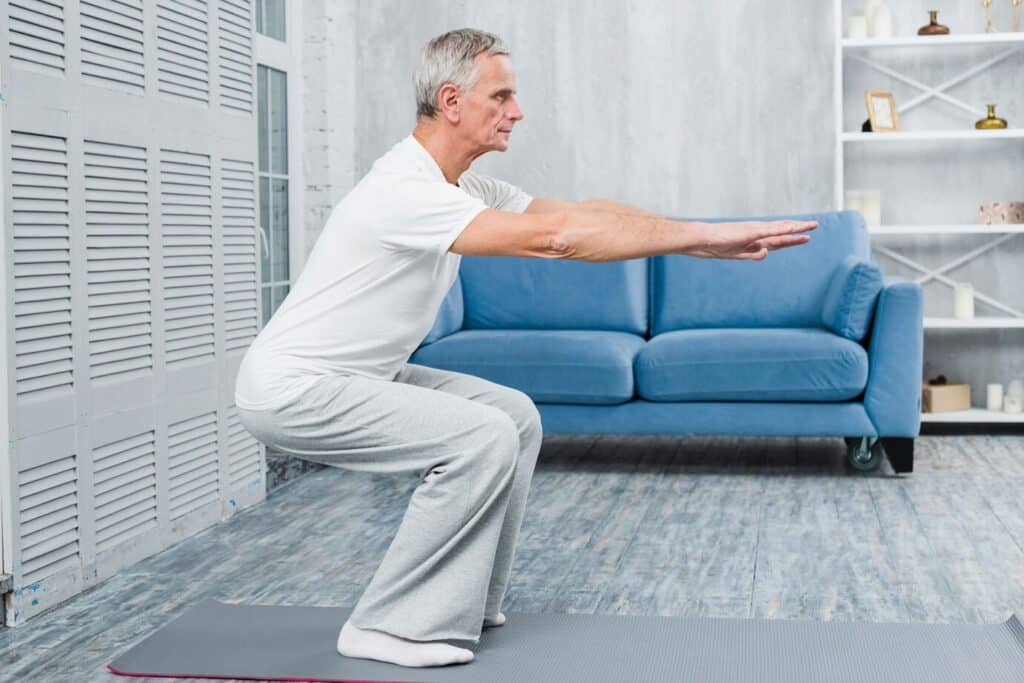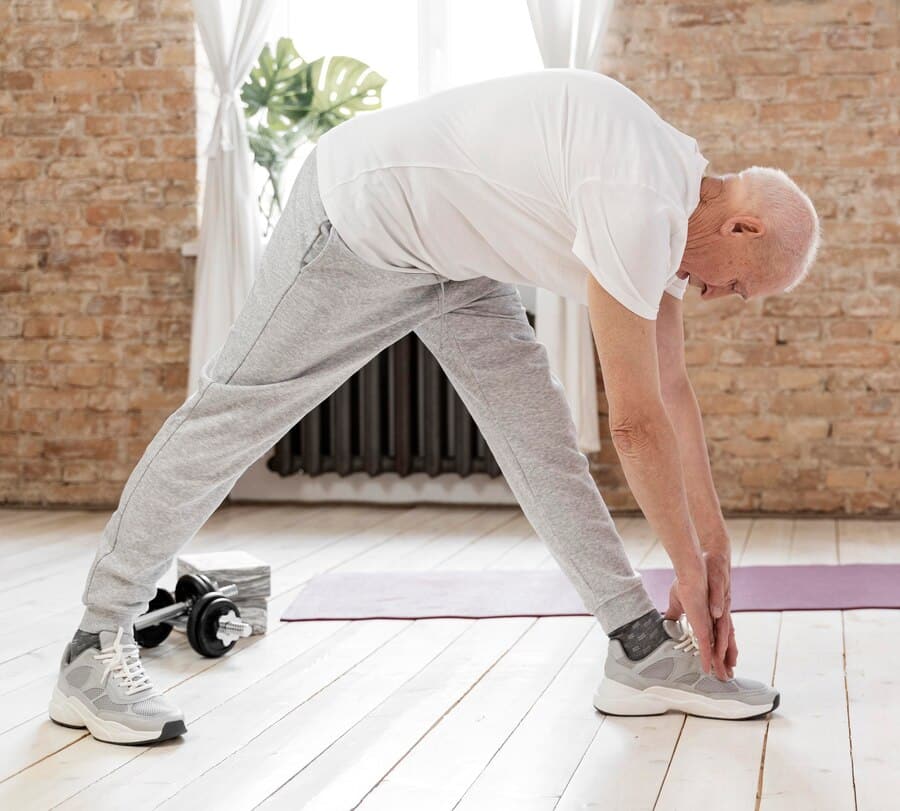Physical Therapy in Assisted Living: Supporting Wellness
At Westmont of La Mesa, Physical Therapy is more than just rehabilitation—it’s a gateway to renewed independence, confidence, and vitality for seniors. In assisted living communities, the integration of tailored therapy improves physical function and enriches mental and emotional well-being.
Many families wonder, does Medicare cover physical therapy in assisted living? This is a key question, as coverage details can determine access to essential medicines. Fortunately, Medicare Part B may help cover outpatient Physical Therapy in assisted living facility settings if deemed medically necessary and provided by licensed professionals. With that understanding, it becomes clear how valuable and accessible these services can be in supporting senior health.
Understanding the Importance of Senior Physical Therapy
Aging brings natural changes in mobility and balance, but with senior physical therapy, many of these challenges can be managed or even reversed. Physical therapy uses proven rehabilitation strategies to ease pain, increase strength, and restore movement.
The benefits of physical therapy for seniors extend far beyond physical improvement. Seniors engaging in therapy report increased mental alertness, social interaction, and emotional stability. At Westmont of La Mesa, programs are designed to offer consistent support that promotes dignity and independence. By addressing conditions like arthritis, post-surgical recovery, and balance disorders, physical therapists help reduce the risk of long-term disabilities.
Learn more about geriatric physical therapy benefits.
Tailored Therapy Programs That Make a Difference
Every senior has a unique story—and a unique body. That’s why physical therapy in assisted living facility environments must be personalized. Westmont of La Mesa offers tailored programs based on thorough assessments that consider both physical and emotional health.
Therapists work closely with residents to build trust and develop an adaptable therapy plan that evolves with progress. These personalized approaches ensure that exercises are both safe and effective. Notably, physical therapy exercises for seniors are gentle yet impactful, often focusing on balance, joint flexibility, and strength to aid daily functions like walking or getting out of bed.
Westmont leverages advanced equipment and therapy tools to maximize outcomes that enhance comfort and accelerate recovery.
Preventing Falls and Improving Mobility
Falls are among seniors’ most significant risks, but physical therapy directly combats this threat. Through targeted mobility routines and strength-building practices, seniors can regain stability and confidence in their everyday activities.
The benefits of physical therapy for seniors go beyond preventing injury. Improved balance and mobility lead to greater freedom, encouraging seniors to engage in community events and outings. Group sessions also foster socialization, further improving emotional well-being.
Custom physical therapy exercises for seniors, like heel raises, side leg lifts, and seated stretches, can be practiced routinely with guidance, offering a clear path to regaining control over one’s body and lifestyle.
Discover more about senior mobility and therapy support.
Mental and Emotional Benefits of Therapy
One of the most overlooked aspects of senior physical therapy is its effect on mental well-being. Exercise stimulates endorphin production, which naturally improves mood and reduces symptoms of anxiety and depression.
Engaging in physical activity in a supportive environment can significantly reduce feelings of loneliness and isolation. Whether in group sessions or one-on-one therapy, seniors benefit from emotional connection and mental stimulation. These benefits are significant in assisted living communities, where a sense of purpose is vital.
Structured physical therapy exercises for seniors also help maintain cognitive sharpness, contributing to overall quality of life. Regular participation in these routines aligns perfectly with Westmont’s broader health and wellness goals, which are outlined in their program overview.

Choosing an Assisted Living Community With Strong Therapy Services
One of the most critical factors when exploring assisted living options is the availability of qualified therapy services. The facility should offer licensed therapists and certified programs, as well as the tools and environment conducive to long-term success.
Families frequently ask, does Medicare cover physical therapy in assisted living? While coverage depends on several factors, including the type of therapy and provider qualifications, Westmont of La Mesa works diligently to ensure that therapy services align with what Medicare may approve, offering peace of mind for families and residents alike.
Facilities like Westmont prioritize continuous staff development, ensuring therapists stay up-to-date with best practices. With an emphasis on compassionate care, the team is prepared to support everything from routine physical therapy in assisted living facility care to advanced rehabilitation.
Learn how therapy services improve senior engagement.
A Look Into Common Physical Therapy Exercises for Seniors
Seniors benefit most from exercises tailored to their abilities and goals. Common physical therapy exercises for seniors include:
- Seated marches to strengthen hips and legs
- Heel-to-toe walking for balance
- Arm raises using light weights for upper body strength
Each movement is low-impact yet instrumental in restoring confidence and preventing muscle deterioration. Integrating these exercises into daily life helps make them second nature again. Whether recovering from surgery or managing chronic conditions, these routines provide long-term value.
For additional tips, the American Physical Therapy Association offers resources tailored to seniors and caregivers.
Medicare and Physical Therapy: What You Need to Know
Understanding how Medicare interacts with physical therapy is crucial for planning long-term care. One frequent concern is: does Medicare cover physical therapy in assisted living? Medicare Part B typically covers outpatient physical therapy if it’s deemed medically necessary and provided by a licensed therapist.
However, coverage in assisted living depends on the arrangement between the facility and healthcare providers. That’s why it’s essential to ask how therapy services are billed and if residents can access in-house or external therapists who accept Medicare.
Additionally, the Medicare.gov website provides clear guidelines on therapy coverage, helping families make informed decisions.
Empowering Seniors Through Movement and Care
Incorporating physical therapy in assisted living facility environments means giving seniors tools for longevity, independence, and vitality. Whether it’s addressing chronic pain, improving mobility, or preventing injury, therapy offers a proactive route to wellness. The benefits of physical therapy for seniors are extensive, encompassing physical, emotional, and cognitive health.
If you or your loved one is considering a community like Westmont of La Mesa, exploring their comprehensive approach to senior physical therapy is a wise first step. You’ll find not only the care you need but also the compassion and support that make a difference.
For more information, call us at 619-369-9700 or schedule a tour here.
Invest in Health, Invest in a Fuller Life
At Westmont of La Mesa, physical therapy is not just an add-on—it’s a core part of the resident experience. With structured routines, professional oversight, and a focus on body and mind, residents can thrive. Explore the possibilities and discover how movement, care, and community can transform the aging journey for the better.
Discover the level of care you or your family member requires. What Level of Care Do You Need?
Frequently Asked Questions
What is physical therapy for old people called?
Physical therapy for older adults is commonly referred to as geriatric physical therapy. This type of therapy focuses on the unique needs of aging individuals, helping them maintain or improve mobility, balance, strength, and overall physical function. It often addresses age-related conditions like arthritis, osteoporosis, and recovery from surgeries or falls. The goal is to enhance independence and reduce the risk of injury.
What kind of therapy is best for the elderly?
The best type of therapy for the elderly depends on their specific health needs. Geriatric physical therapy, occupational therapy, and speech therapy are commonly recommended to support mobility, daily living skills, and communication. For emotional well-being, cognitive behavioral therapy (CBT) and reminiscence therapy can be beneficial. A combination of therapies is often the most effective approach.
Should the elderly do physical therapy?
Yes, physical therapy can be highly beneficial for elderly individuals. It helps improve strength, flexibility, balance, and coordination, which are crucial for preventing falls and maintaining independence. Physical therapy also aids in recovering from injuries or surgeries and managing chronic conditions. A tailored therapy plan ensures that exercises are safe and effective for their age and health status.
What are the four main types of physical therapy?
The four main types of physical therapy include orthopedic, neurological, cardiopulmonary, and pediatric physical therapy. Orthopedic therapy treats conditions affecting muscles and bones, while neurological therapy focuses on disorders like stroke or Parkinson’s disease. Cardiopulmonary therapy helps those with heart and lung conditions, and pediatric therapy is designed for children’s development and injuries. Geriatric therapy, though not one of the “big four,” is also essential for older adults.
What is the highest level of physical therapy?
A Doctor of Physical Therapy (DPT) typically holds the highest level of physical therapy. This doctoral degree prepares therapists to evaluate, diagnose, and treat complex physical conditions independently. Some physical therapists may also pursue board certifications in specialties like geriatrics, orthopedics, or neurology. These credentials signify advanced expertise and dedication to high-quality patient care.








